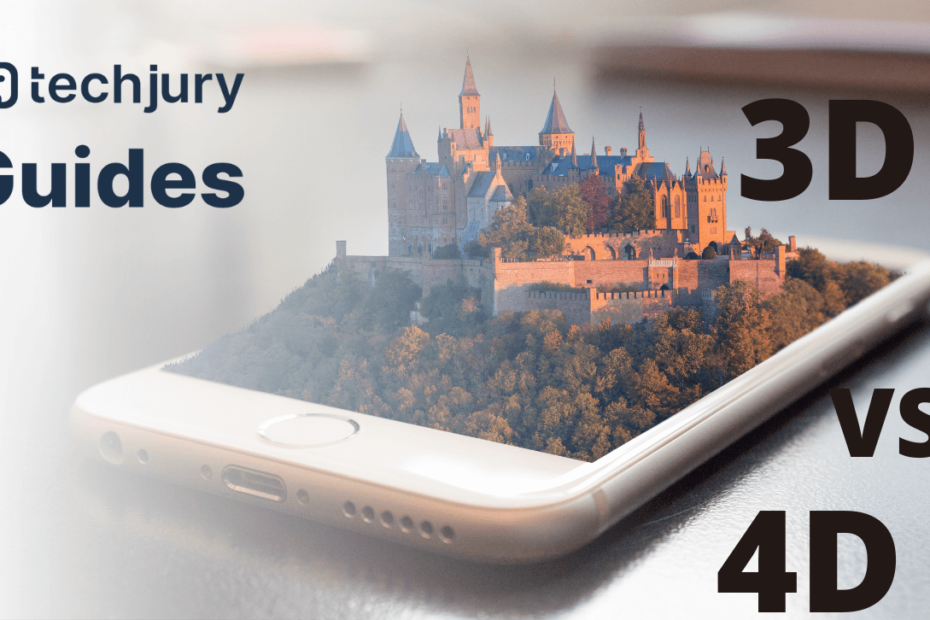The Dimensional Frontier: Reimagining Technological Perception
Imagine standing at the intersection of technological innovation, where traditional boundaries of perception dissolve and new realms of understanding emerge. This is the fascinating world of dimensional technologies—a landscape where 3D and 4D representations are revolutionizing how we comprehend, interact with, and interpret complex systems.
As a data analysis specialist, I‘ve witnessed firsthand the extraordinary transformation these technologies bring to multiple disciplines. From medical imaging to entertainment, from manufacturing to scientific research, dimensional technologies are not just tools—they‘re gateways to unprecedented insights.
Historical Context: The Evolution of Dimensional Representation
The journey of dimensional technologies begins long before our current digital era. Early mathematical conceptualizations by pioneers like Edwin Abbott and his groundbreaking work "Flatland" in 1884 challenged existing perceptions of spatial representation. These theoretical foundations laid critical groundwork for understanding dimensionality beyond traditional geometric constraints.
During the mid-20th century, computational advancements dramatically accelerated dimensional technology development. The emergence of powerful graphics processing units (GPUs) and sophisticated rendering algorithms transformed theoretical concepts into tangible technological capabilities.
Technological Milestones
Key technological milestones marked significant breakthroughs in dimensional representation:
- 1960s: Early computer graphics research at institutions like MIT
- 1980s: Introduction of CAD (Computer-Aided Design) systems
- 1990s: Emergence of 3D modeling software
- 2000s: Advanced stereoscopic visualization techniques
- 2010s: Real-time 4D interactive modeling
Understanding Dimensional Technologies: A Technical Perspective
3D Technologies: Spatial Depth and Representation
Three-dimensional technologies fundamentally represent spatial relationships through length, width, and height. Unlike two-dimensional representations, 3D models capture volumetric characteristics, enabling more nuanced and realistic interpretations of complex systems.
Computational mechanisms underlying 3D technologies involve sophisticated mathematical transformations. Techniques like polygon meshing, texture mapping, and perspective projection allow digital systems to simulate three-dimensional experiences with remarkable precision.
4D Technologies: Introducing Temporal Dynamics
Where 3D technologies capture spatial relationships, 4D technologies integrate time as a fundamental dimension. This temporal component enables dynamic modeling, allowing systems to represent transformational processes and evolutionary states.
In practical terms, 4D technologies can simulate:
- Biological growth patterns
- Structural deformation processes
- Environmental change trajectories
- Complex system interactions over time
Interdisciplinary Applications: Where Dimensional Technologies Shine
Medical Imaging and Diagnostics
Medical professionals now leverage 3D and 4D technologies to revolutionize diagnostic capabilities. Advanced ultrasound and MRI techniques provide unprecedented insights into human anatomy and physiological processes.
4D medical imaging, for instance, allows real-time observation of:
- Fetal development
- Cardiac muscle movements
- Neurological signal propagation
- Tumor progression dynamics
Manufacturing and Engineering
In manufacturing, dimensional technologies have transformed design and production paradigms. Computer-aided design (CAD) systems enable engineers to create intricate models, simulate stress conditions, and optimize structural integrity before physical prototyping.
Scientific Research and Exploration
Researchers utilize dimensional technologies to model complex systems across multiple domains:
- Climate change simulations
- Astronomical phenomenon tracking
- Molecular interaction modeling
- Quantum mechanics visualization
Market Dynamics and Economic Impact
The global market for dimensional technologies demonstrates exponential growth. According to recent market research, the 3D technology market is projected to reach \$34.8 billion by 2026, with a compound annual growth rate of 16.5%.
Key market drivers include:
- Increasing computational capabilities
- Reduced technology implementation costs
- Expanding industrial applications
- Growing demand for immersive experiences
Technological Challenges and Future Trajectories
Despite remarkable advancements, dimensional technologies face significant challenges:
- Computational complexity
- Data processing limitations
- Energy consumption requirements
- Sophisticated hardware dependencies
Future developments will likely focus on:
- Quantum computing integration
- Machine learning optimization
- Enhanced rendering algorithms
- More energy-efficient processing techniques
Conclusion: A Dimensional Renaissance
Dimensional technologies represent more than mere technological innovations—they‘re fundamental reimaginings of how we perceive and interact with complex systems. As computational capabilities continue expanding, we stand at the threshold of unprecedented technological possibilities.
The convergence of 3D and 4D technologies promises a future where our understanding transcends current limitations, offering glimpses into intricate, dynamically evolving landscapes of knowledge and experience.
About the Research
This exploration synthesizes insights from global technological research, industry reports, and cutting-edge academic studies. As technologies continue evolving, so too will our understanding of dimensional representations.
